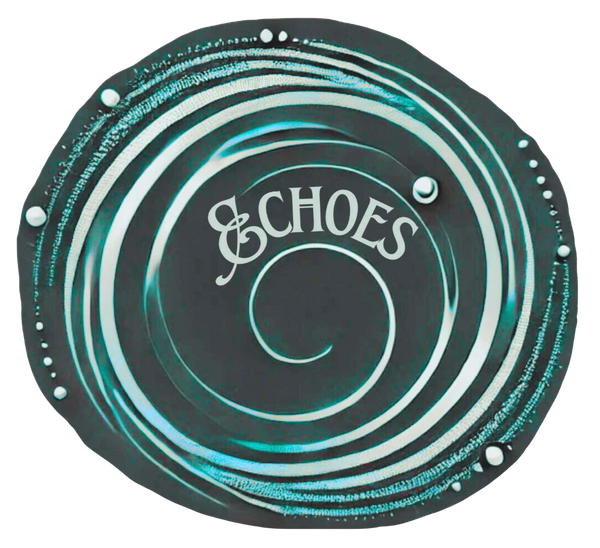
The history and allure of carnelian: a gemstone steeped in time
Carnelian, with its warm, fiery tones ranging from amber to deep rust, has captivated human civilisation for millennia. Beyond its aesthetic appeal, this semi-precious gemstone holds a fascinating legacy, woven through ancient cultures, royal courts, and spiritual traditions. In this article, we delve into the historical significance of carnelian, tracing its journey from the cradle of civilisation to its modern-day allure.
What Is Carnelian?
Carnelian is a variety of chalcedony, a mineral in the quartz family, known for its translucent reddish-orange colour. Its rich, earthy hue is due to the presence of iron oxide, and it has been used extensively in jewellery, seals, amulets, and ornaments.
Carnelian in Ancient Civilisations
Mesopotamia and Egypt
Carnelian was highly prized in ancient Mesopotamia, where it was used to craft cylinder seals and beads as early as 3000 BCE. These seals often featured intricate carvings and were pressed into clay to mark documents or containers, signifying authority and identity.
In ancient Egypt, carnelian was considered a sacred stone. It symbolised life, energy, and the power of the sun. Egyptian artisans used it in amulets, particularly the Eye of Horus and scarabs, which were believed to protect the wearer in both life and death. Carnelian also adorned the funerary jewellery of Pharaohs, including inlaid pieces in Tutankhamun’s tomb.
The Roman Empire
During the Roman era, carnelian was carved into intaglios—engraved gemstones used in signet rings. These rings not only served decorative purposes but also bore the personal insignia of the owner, used to seal wax on documents.
Romans believed that carnelian could bring courage in battle and eloquence in speech. It was a stone associated with warriors, orators, and statesmen alike.
Medieval and Islamic Use
In medieval Europe, carnelian continued to be seen as a protective stone. It was thought to guard against the plague, negative energies, and even enchantments. The gemstone was often set into ecclesiastical jewellery and reliquaries.
In Islamic cultures, carnelian—known as aqeeq—holds spiritual significance. It is still used in signet rings inscribed with religious verses and prayers, believed to bring blessings and divine protection.
Carnelian in Victorian Britain
Victorian Britain saw a resurgence in interest in ancient gemstones and symbolic jewellery. Carnelian was a popular choice for mourning jewellery, often carved into cameos or set into lockets. Queen Victoria herself wore jewellery featuring carnelian, helping to boost its popularity.
This era also saw a fascination with archaeological discoveries from Egypt and the Near East. As such, carnelian became associated not just with beauty, but with antiquity and cultural heritage.
Symbolism and Metaphysical Beliefs
Throughout history, carnelian has symbolised:
-
Vitality and courage
-
Passion and love
-
Protection and grounding
Modern crystal enthusiasts still value carnelian for its alleged metaphysical properties, including enhancing creativity, motivation, and emotional resilience.
Caring for Carnelian
While carnelian is relatively durable, it is best cleaned with a soft cloth and mild soap. Avoid prolonged exposure to direct sunlight, as it may fade the stone’s vibrant colour over time.
Conclusion
From ancient tombs and imperial courts to Victorian keepsakes, carnelian has left a colourful mark on human history. Its enduring popularity lies not just in its striking appearance, but in the layers of meaning and heritage it carries. Whether worn as jewellery or kept as a talisman, carnelian remains a timeless gemstone with a story to tell.
Why not check out the carnelian on offer in the Echoes store:
